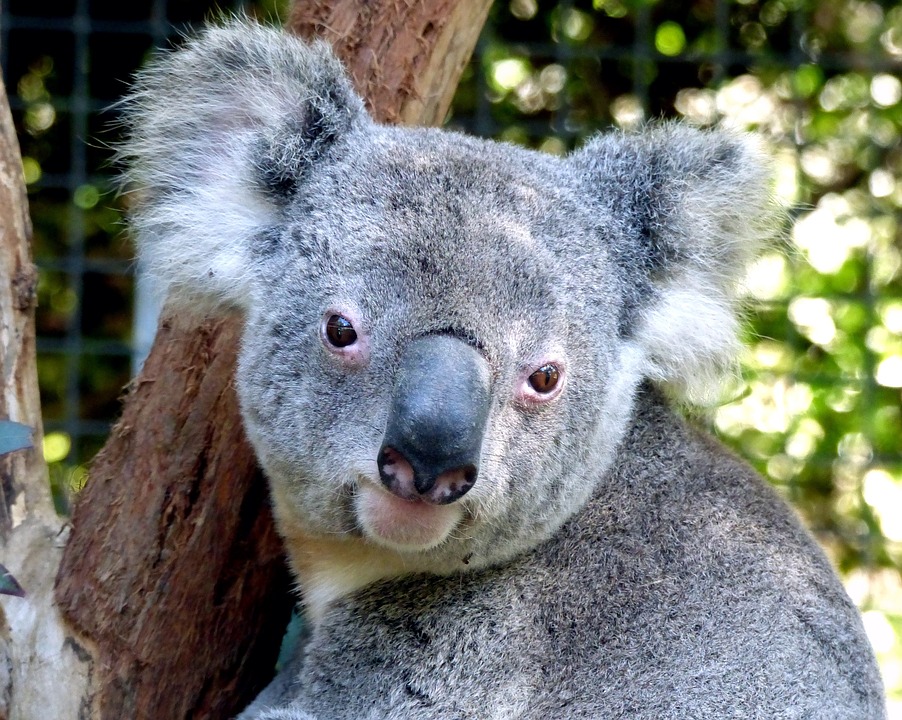About 3 billion animals harmed in Australian bushfires, WWF says
Nearly 3 billion koalas, kangaroos and other native Australian animals were killed or displaced by bushfires in 2019 and 2020, a study by the World Wide Fund for Nature (WWF) said, triple the group's earlier estimates. Some 143 million mammals, 2.46 billion reptiles, 180 million birds and 51 million frogs were impacted by the country's worst bushfires in decades, the WWF said on Tuesday.

- Country:
- Australia
Nearly 3 billion koalas, kangaroos, and other native Australian animals were killed or displaced by bushfires in 2019 and 2020, a study by the World Wide Fund for Nature (WWF) said, triple the group's earlier estimates.
Some 143 million mammals, 2.46 billion reptiles, 180 million birds, and 51 million frogs were impacted by the country's worst bushfires in decades, the WWF said on Tuesday. When the fires were still blazing, the WWF estimated the number of affected animals at 1.25 billion. The fires destroyed more than 11 million hectares (37 million acres) across the Australian southeast, equal to about half the area of the United Kingdom.
"This ranks as one of the worst wildlife disasters in modern history," said WWF-Australia Chief Executive Officer Dermot O'Gorman in a statement. Project leader Lily Van Eeden, from the University of Sydney, said the research was the first continent-wide analysis of animals impacted by the bushfires, and "other nations can build upon this research to improve understanding of bushfire impacts everywhere".
The total number included animals that were displaced because of destroyed habitats and now faced a lack of food and shelter or the prospect of moving to habitat that was already occupied. Researchers said the destruction will see some species become extinct before their existence is even recorded.
"We don't even know what we are losing," said Chris Dickman, Professor in Ecology at the University of Sydney. "These were species that were here and now they have gone... It's almost too tragic to think about."
The main reason for raising the number of animal casualties was that researchers had now assessed the total affected area, rather than focusing on the most affected states, they said. After years of drought made the Australian bush unusually dry, the country battled one of its worst bushfire seasons ever from September 2019 to March 2020, resulting in 34 human deaths and nearly 3,000 homes lost.
(This story has not been edited by Devdiscourse staff and is auto-generated from a syndicated feed.)
ALSO READ
Rugby-Slipper selected for Australian record 178th Super Rugby match
Australian Navy chief receives guard of honour at South Block Lawns in Delhi
Australian envoy to India meets Gautam Adani, discusses future collaboration
George Russell says his crash at the Australian Grand Prix was ''waiting for a disaster to happen''
Australian Navy delegation visits WNC; both sides discuss interoperability, maritime challenges










